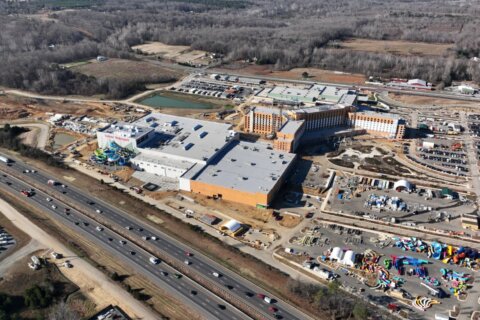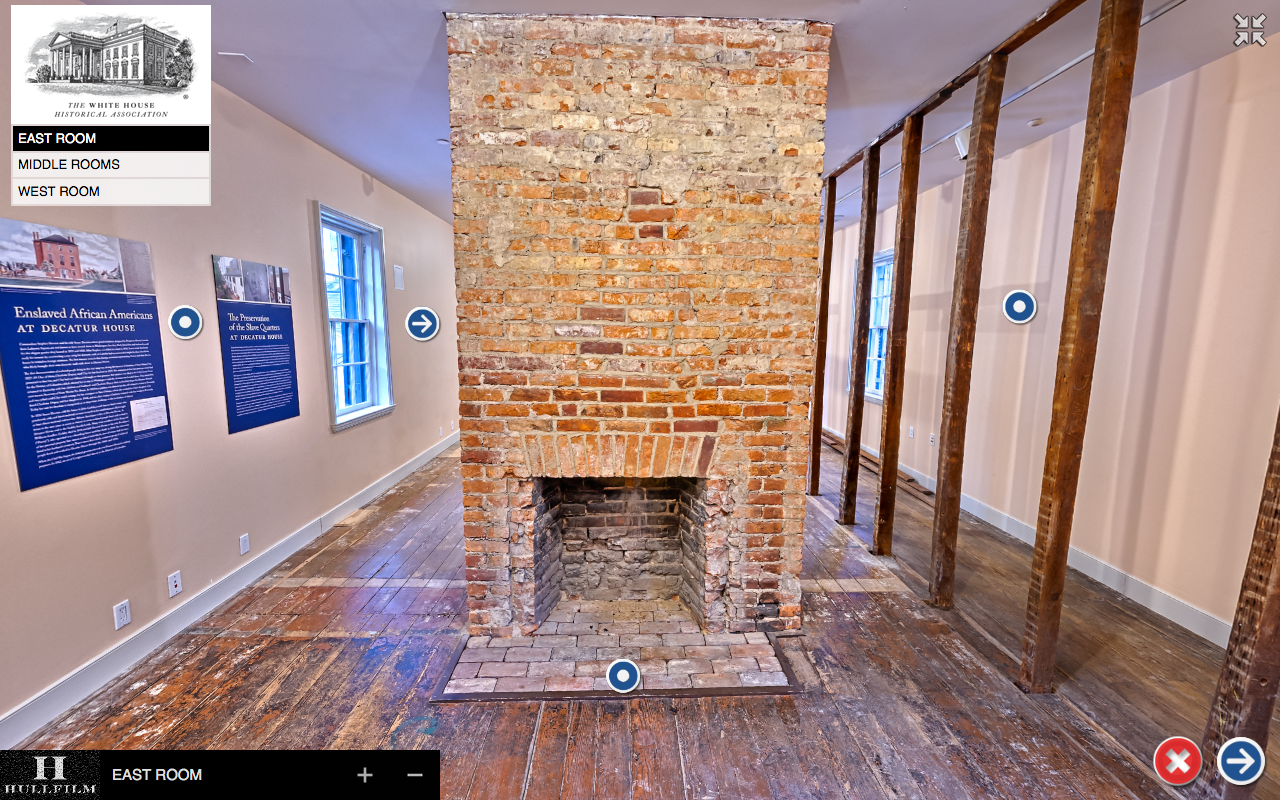
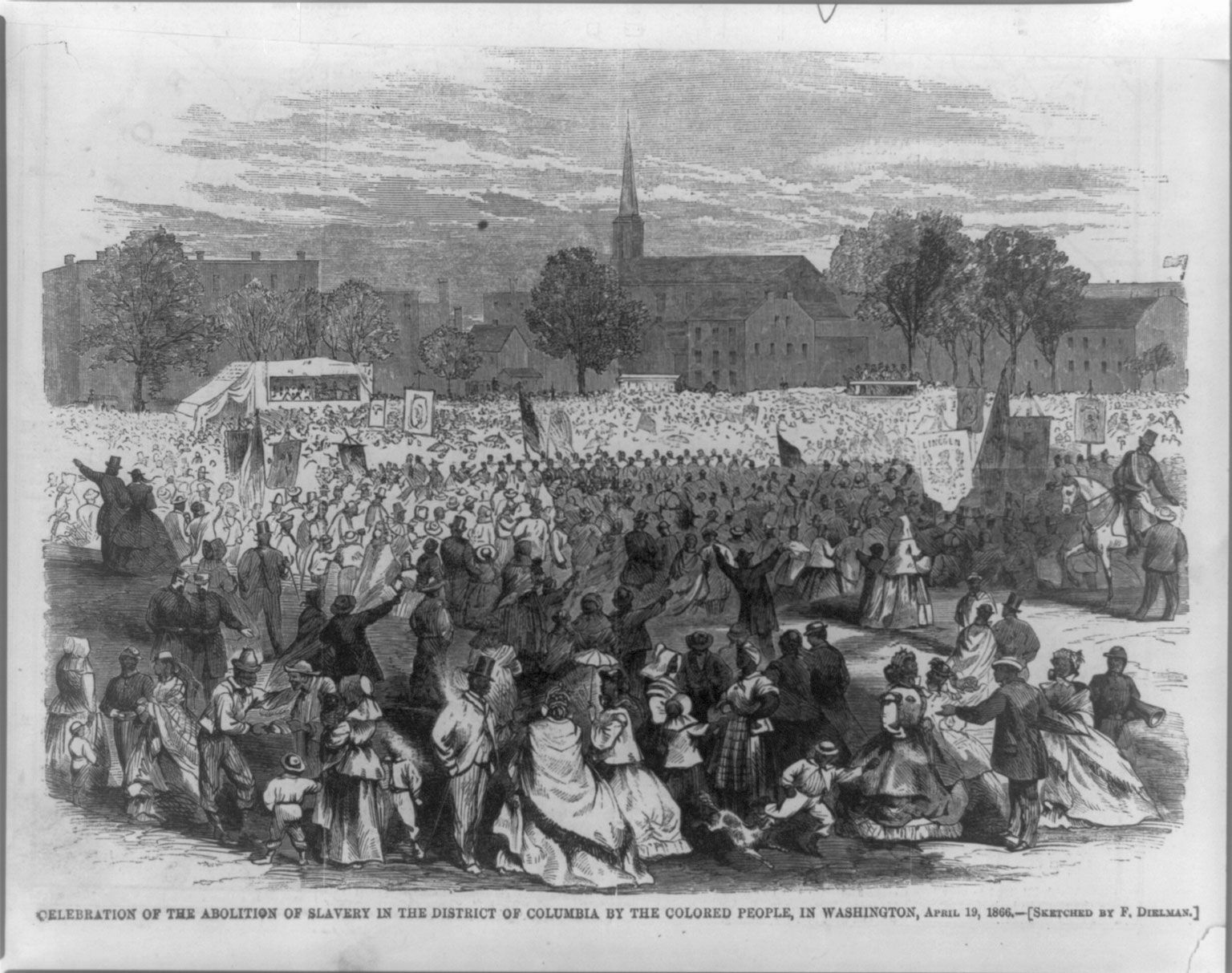
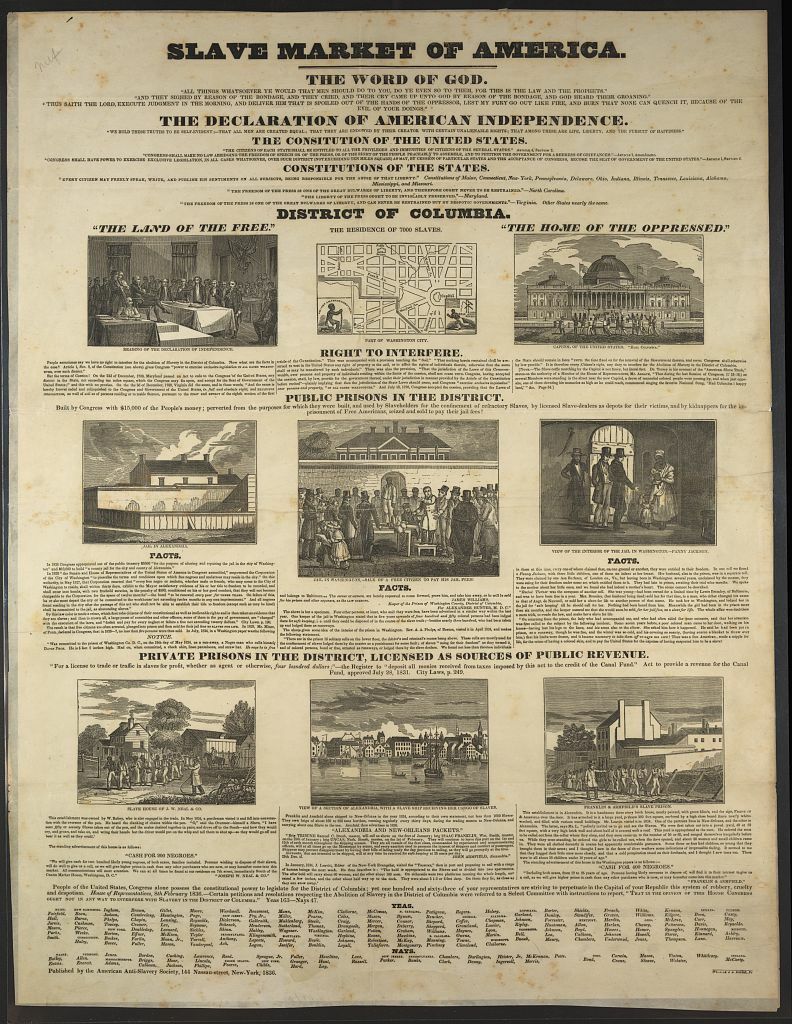
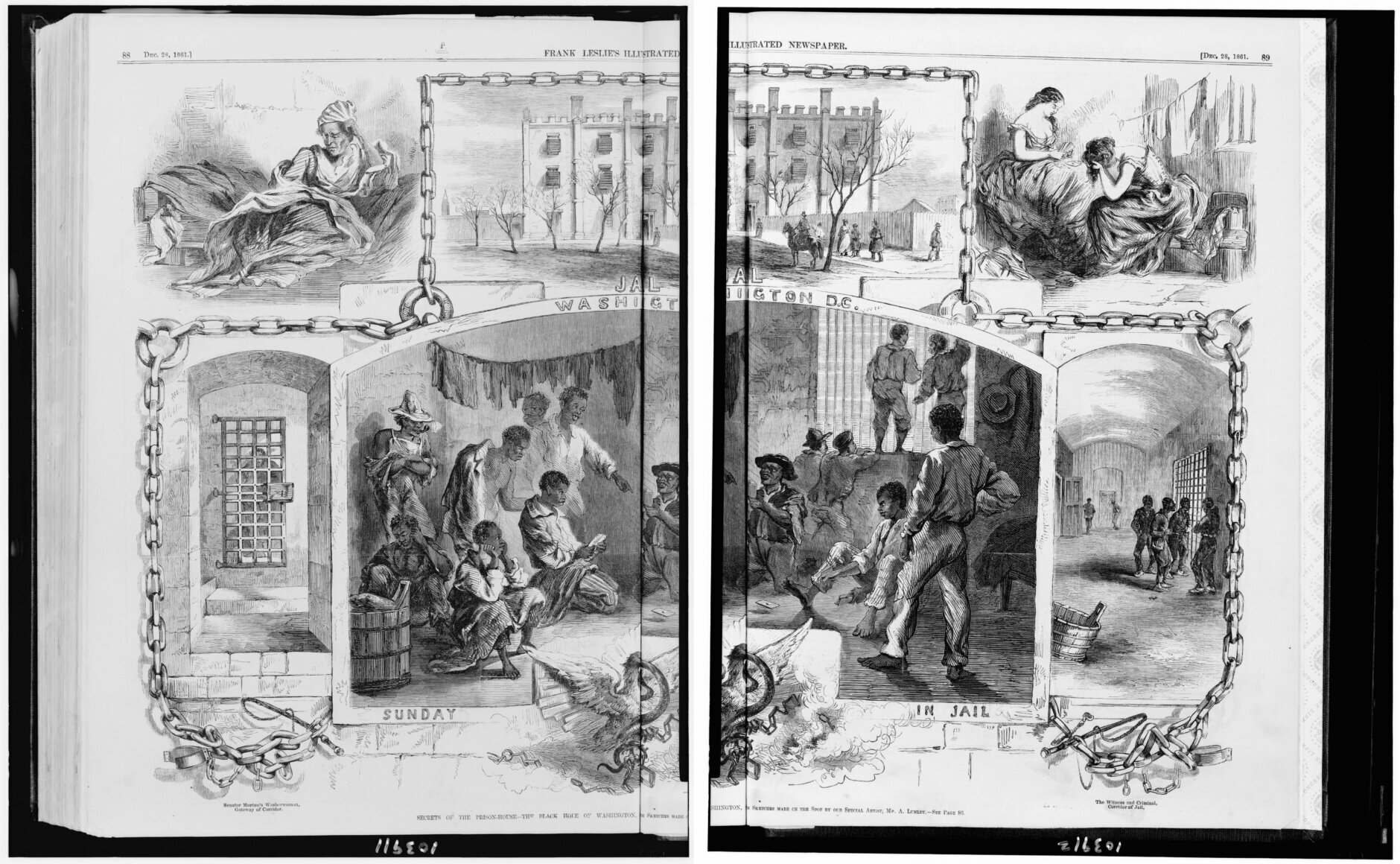
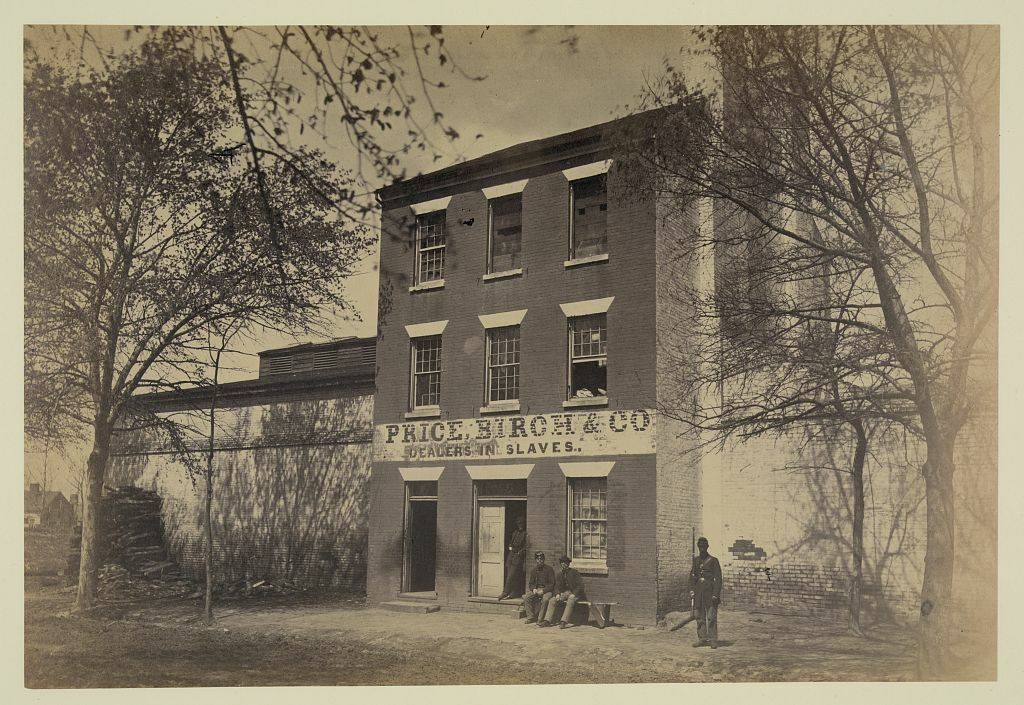
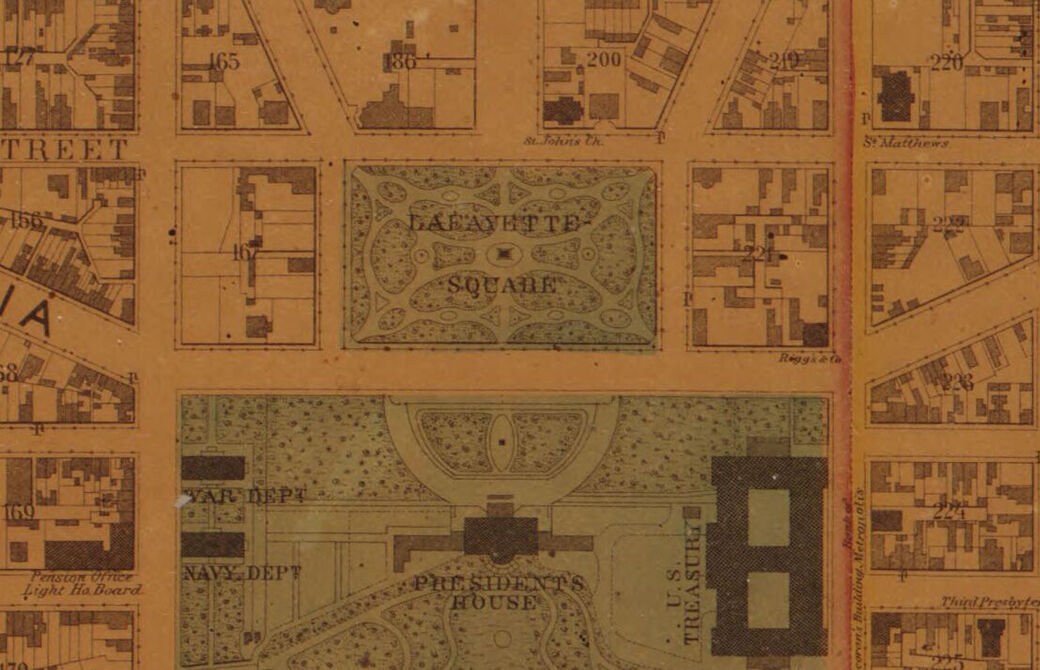
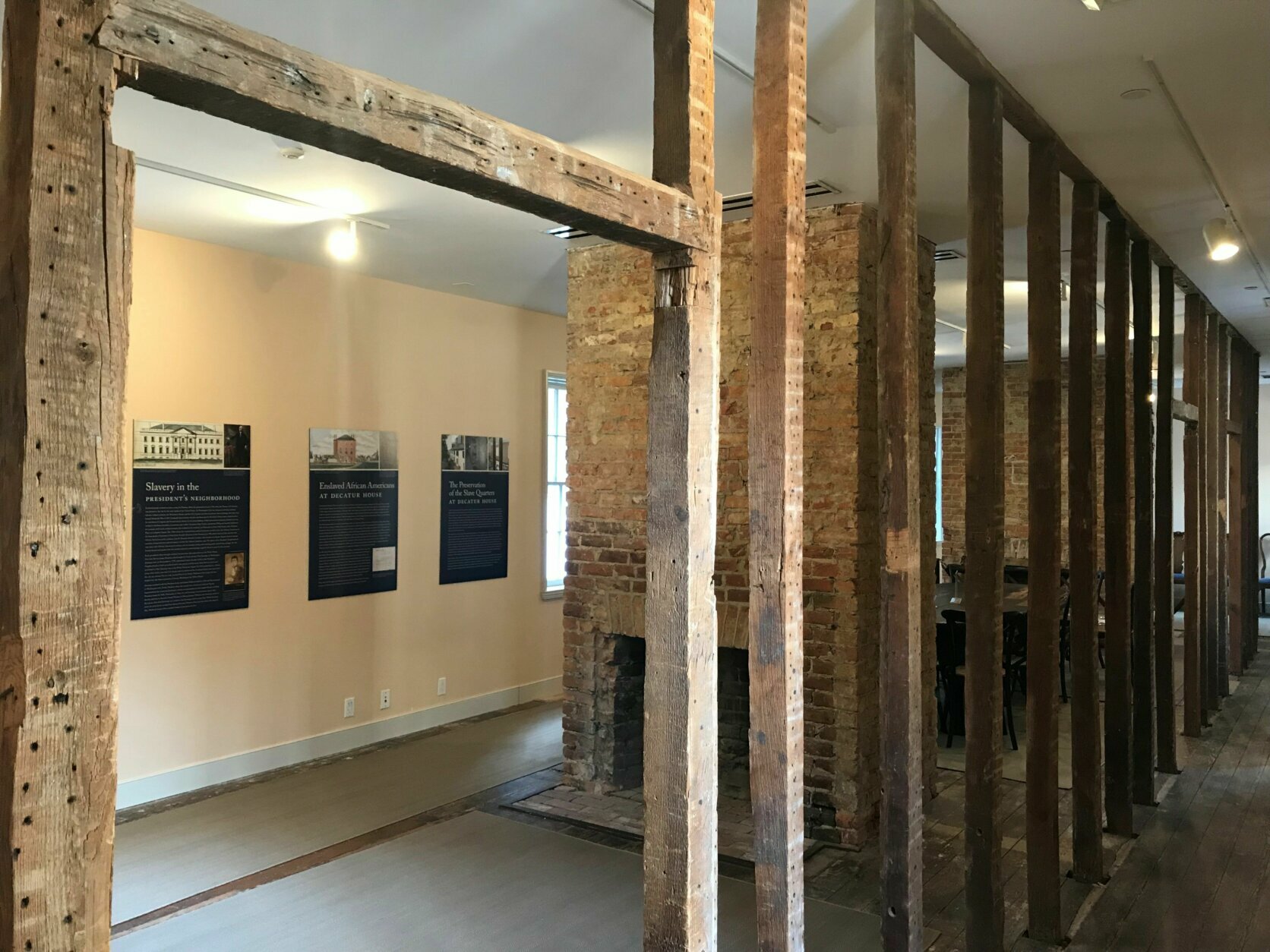
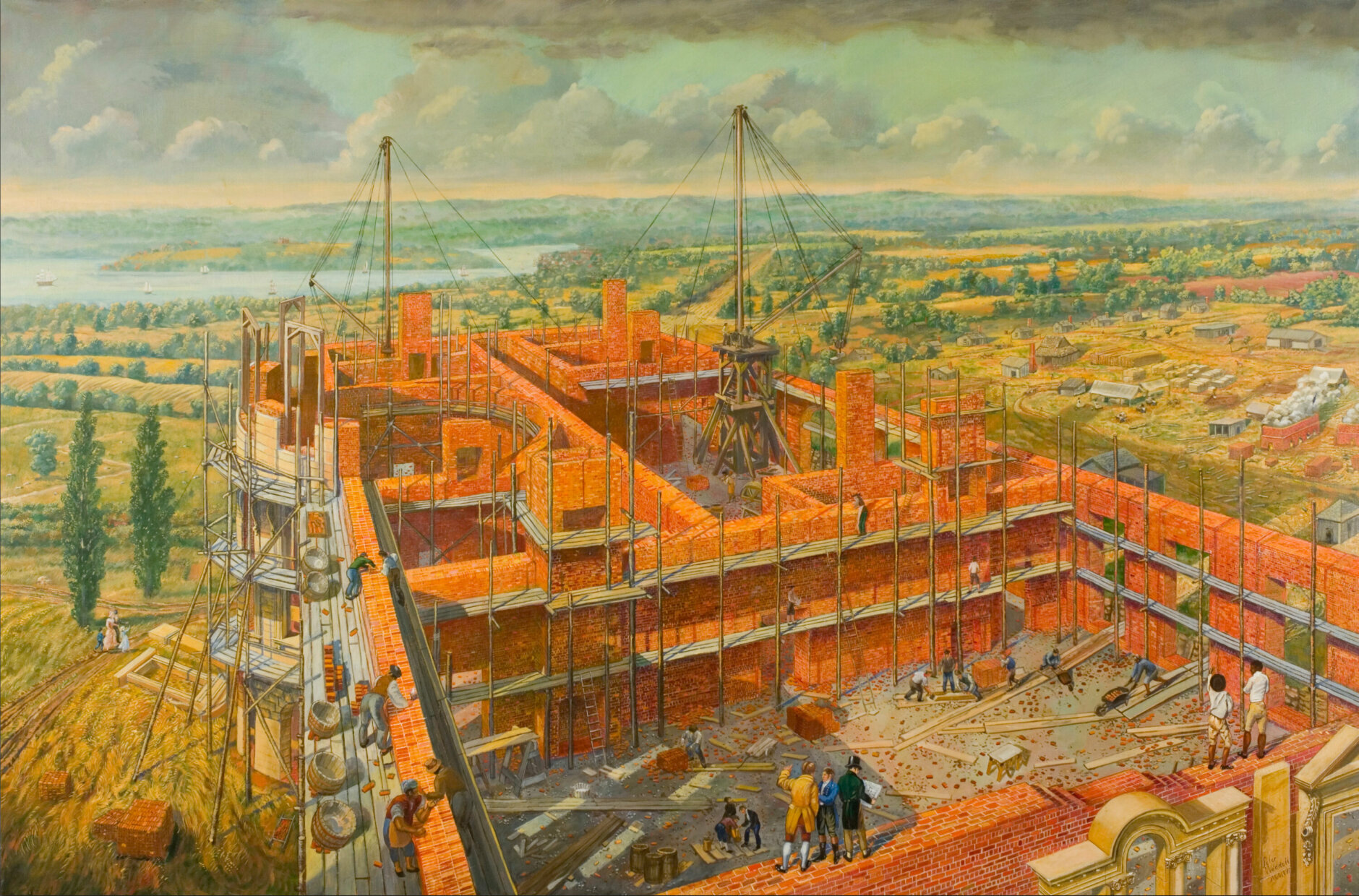
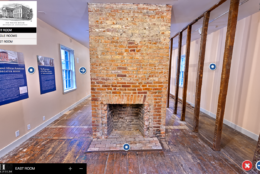
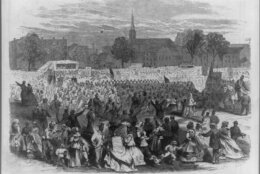
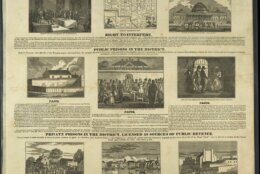
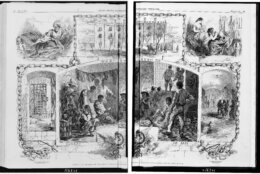
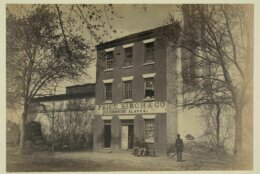
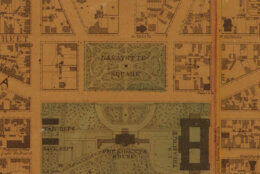
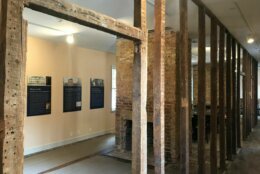
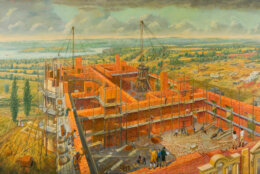
A new website initiative launched this week by the White House Historical Association takes an in-depth look into slavery around the nation’s capital.
“Slavery in the President’s Neighborhood” offers a comprehensive timeline and abundant resources on the enslaved people who built, worked for and lived around the White House.
“A lot of the presidential sites like Mount Vernon and Montpelier had done a really great job of sharing stories and the lives of the enslaved people who worked at those particular sites, but naturally didn’t focus as much on the people that left and went to work in the White House,” said Lindsay Chervinsky, historian with the White House Historical Association. “We really felt like that was an important part of the story that we were in the unique situation to tell.”
The meat of the website is an interactive timeline that includes many stories of the enslaved people of the area.
“We have articles for each presidential administration about the enslaved people that worked in the White House during those years, and we also have articles about other elements in history, like slavery in D.C. more broadly, to give people an understanding of what that experience was like and what the institution was like,” Chervinsky said.
There is also an index of all the names they’ve been able to discover of enslaved people who were linked to the White House. That is part of an ongoing research project, and they are hoping people in the community can assist them.
“We have done our best to find all the information we can with the records, but we are continuing to do research, and if people have family histories or family documents they would like to share, we would love to know more about the individuals that maybe we haven’t been able to uncover,” Chervinsky said. “That’s a really important part because, whenever possible, we want to put a name with a person and honor their existence.”
The final component of the website is a 3-D tour of the slave quarters at the Decatur House.
“As far as we know, these slave quarters are the only remaining separate slave quarters in Washington, D.C.,” Chervinsky said. “At the very least within the president’s neighborhood.”
Enslaved people lived in the building from the 1820s through D.C. emancipation. People such as Sen. Henry Clay and President Martin Van Buren rented it out for that purpose.
The 3-D tour shows the features of the meager building, down to the deep scratches on the wooden planked floors that give viewers a better sense of the lived experience. There are also links to documents that relate to the building and how the space was used over the years.
Though the initiative is new now, Chervinsky said they have plans to keep it new and are brainstorming more additions, such as possible interviews with descendants and interpreters to add depth to the stories of the enslaved people who lived there.


